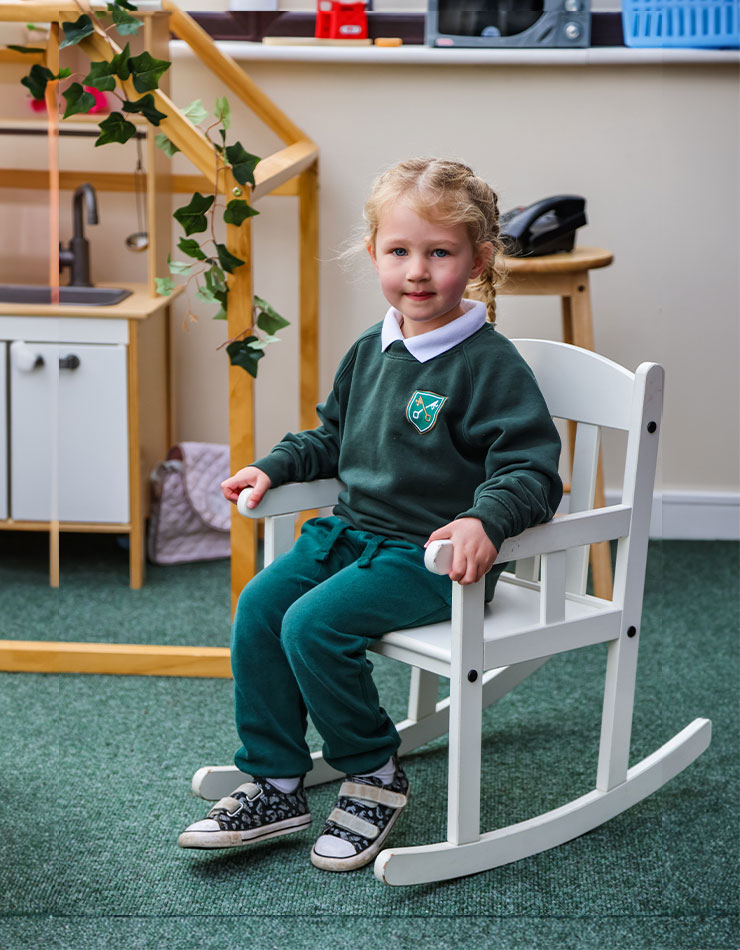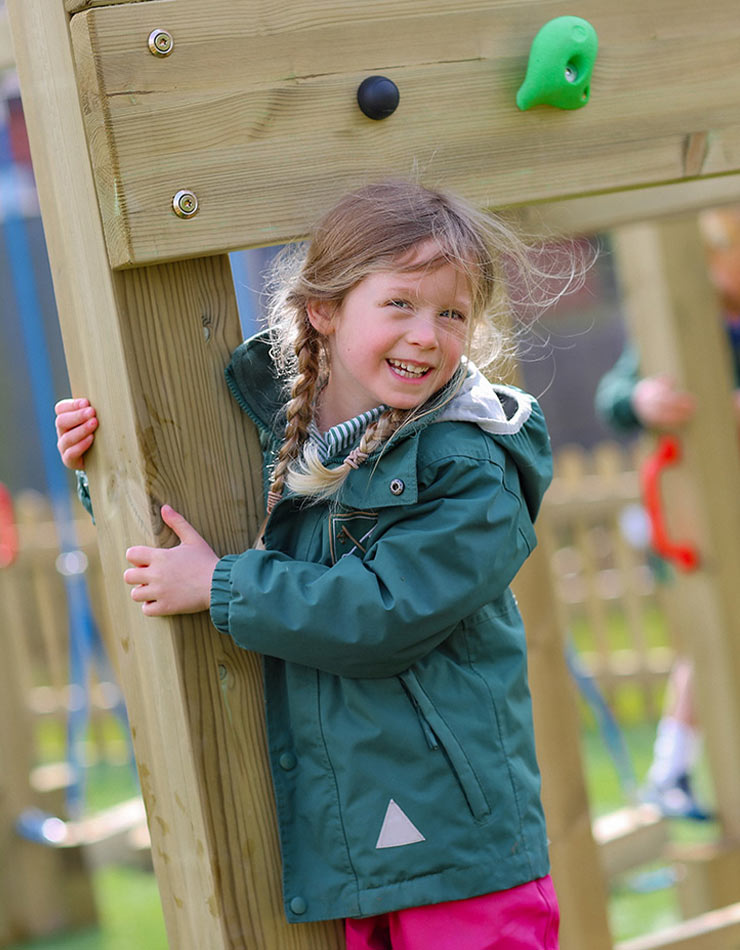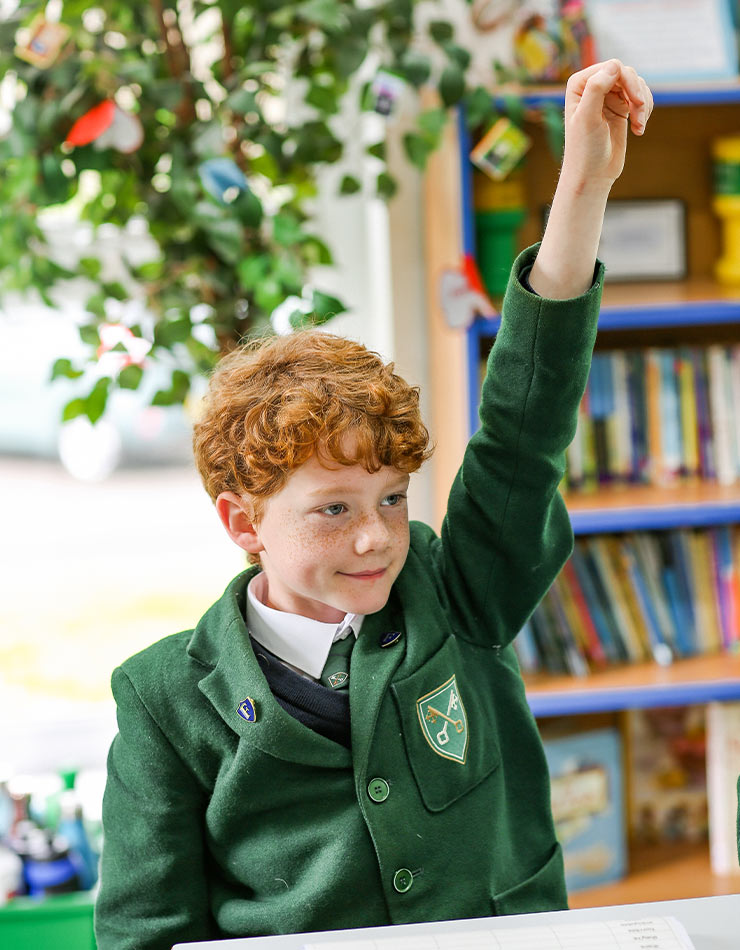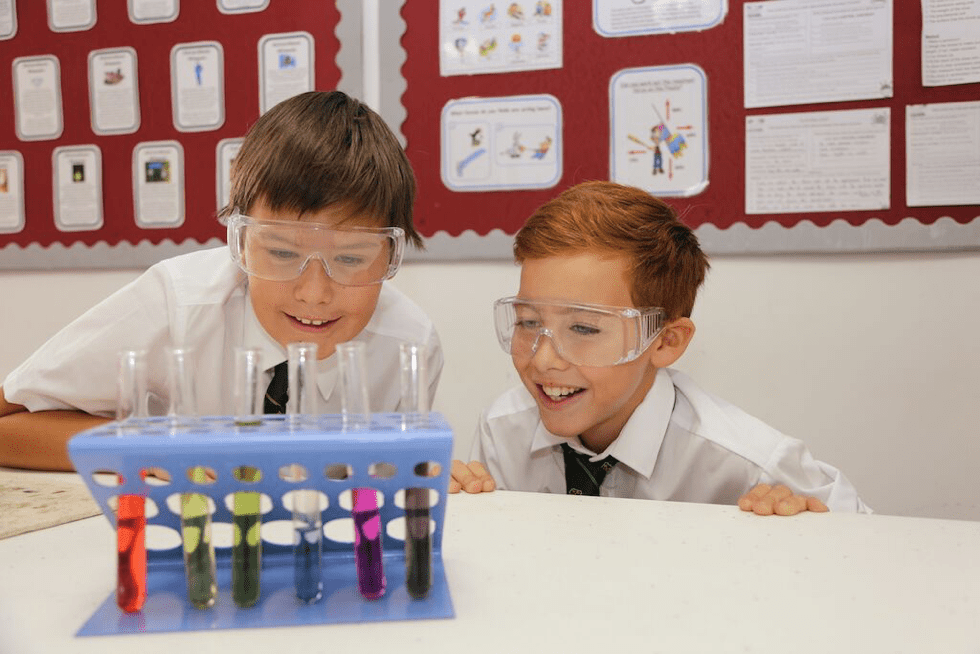Here at St Peter’s Prep, we pride ourselves on being able to accommodate all pupils and offer them the correct level of support throughout their education, to prepare them in the best way possible for the future. Welfare and happiness play an integral role in a child’s education, and as such, prove something of a priority for us. One aspect of this is ensuring that meticulous planning and attention to detail goes into every one of our lessons, where we make sure that every type of learning is catered for. This unrivalled attention to detail when it comes to individual pupils and their learning preferences is what sets us apart from other private schools, Devon. We have decided to share the main learning types we use at St Peter’s, and how you can help your child with homework in the way that is best for them.
Visual
Many of our pupils have a visual style of learning, meaning they have a preference for teaching to be seen or observed. This includes pictures, diagrams, films, flip charts, demonstrations, handouts and displays. A visual style of learning means they will be able to perform a task to the best of their abilities after watching someone else do it first, being modelled to them or reading instructions and directions in chronological order.
To assist your child if they are a visual learner, you will want to utilise an array of aesthetically-focused materials including maps, flow charts and posters, implementing colour codes where applicable. Pupils will also benefit from highlighting key takeaways within their notes and creating a written checklist of points to remember when performing tasks. Drawing pictures and cartoons to support academic theories will also help them to remember the important details.
Auditory
An auditory style of learning means that your child will prefer to receive information through listening, be it the spoken word of themselves or others. They will benefit from talking work over and over until they have a thorough understanding of the tasks ahead. Usually, pupils from this learning group are easily identifiable thanks to their ability to remember all the lyrics to the songs that they hear.
If your child has an auditory style of learning, the best ways to assist them with educational tasks is to encourage engaging discussions about the subject matter. Ask your child questions about what they are learning and allow them to take you through their understandings verbally. Some may even benefit from taping themselves going through the materials, before playing it back at convenient times. There is a range of new technologies that can cater for both auditory and interactive learners, as applications and programs can talk users through various aspects of the work. For more information on how technology can assist your child’s learning, view our recent blog on how children can make the most of technology.
Kinaesthetic or Tactile
Some pupils have a kinaesthetic learning style, meaning they work best from physical experiences such as touching, feeling, holding and other more hands-on encounters. These learners will benefit from approaching a task immediately and learning from their mistakes as they go. Pupils with this style of learning adapt somewhat of a trial and error process when it comes to educational activities, and will experiment with their own approach before reading any instructions.
One of the easiest ways to teach children with this learning style is by providing plenty of revision materials for them to utilise. Tracing paper, diagrams and checklists will all help to keep them on track. Kinaesthetic learners will also benefit from taking notes while listening to revision materials. Roleplay can also help children in this group to visualise what it is they are meant to be learning and remembering, making it easier for them to recount the information in the future. In some cases, it helps to assign a body movement such as snapping fingers, pacing or mouthing ideas, giving them a physical experience for future reference.
At St Peter’s, our varied and engaging curriculum and lesson plans will cater for all of the different learning types, providing a range of tasks and projects that will allow each child to play to their strengths. As parents, it is useful for you to be aware of your child’s preferred learning techniques, so that when you are helping them with homework or revision, you are utilising their most effective form of learning. If you would like to discuss any aspect of your child’s best type of learning, do not hesitate to contact their teacher, who will be able to offer advice in accordance with how they learn best, within the schooling environment.








